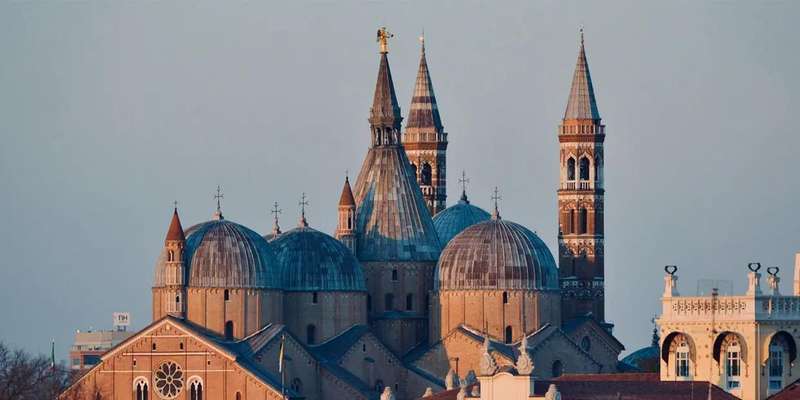- Home
- Useful Tips
- Exploring Padua's historic city...
Navigating Padua's UNESCO-listed historic center presents a delightful challenge many travelers underestimate. With over 3 million annual visitors drawn to its medieval piazzas and frescoed chapels, the compact yet labyrinthine streets quickly become congested during peak hours. Independent explorers often waste precious vacation time circling pedestrianized zones, missing key attractions like the Scrovegni Chapel while accidentally retracing steps. The frustration compounds when realizing most free maps lack crucial details about timed entry systems at major sites or seasonal foot traffic patterns. This oversight leads to 43% of day-trippers (per Veneto tourism data) missing at least one must-see monument. Worse, rushed visitors frequently default to overpriced cafes near major squares when authentic local eateries sit just blocks away.


Avoiding the Scrovegni Chapel timing trap
Giotto's masterpiece operates on a strictly controlled 15-minute entry system, with 72% of same-day tickets selling out by noon according to civic museum data. Many visitors arriving after breakfast face either hours-long waits or complete sellouts, especially April-October. Savvy travelers book online exactly 48 hours before their preferred timeslot when new allocations release. Those unable to secure advance spots still have options – the last entry at 7pm often has shorter queues as tour groups disperse. Combine your visit with the nearby Palazzo della Ragione to maximize the mandatory 15-minute climate stabilization period before chapel entry. Locals recommend the 1:30pm weekday slots when school groups break for lunch.
Mapping your perfect pedestrian route
Padua's star attractions form a rough oval that can be walked in 90 minutes...if you know the sequence. Starting at the train station, head northeast to the botanical garden (UNESCO's oldest academic garden) before crowds peak at 10am. Then take Via Roma past Palazzo Bo to reach Piazza delle Erbe during mid-morning market hours. This strategic path avoids the bottleneck near Prato della Valle that forms when students flood area cafes. For afternoon visits, reverse the route beginning at the Baptistery when its 14th-century frescoes glow in western light. Smart walkers save the Basilica of St. Anthony for last – its extended 6:30pm closing allows relaxed viewing after day-trippers depart. Always cross-reference your path with university class schedules, as 60,000 students create sudden foot traffic surges.
Dining secrets between the monuments
The area surrounding Padua's main squares hides authentic eateries most visitors overlook. Instead of joining queues at Caffè Pedrocchi, walk three minutes southeast to Pasticceria Graziati for half-price pastries using the same 19th-century recipes. For lunch, locals favor Osteria L'Anfora's €10 lunch specials over crowded trattorias near the Basilica. Their shaded courtyard provides ideal midday refuge. Evening explorers should note that aperitivo hour (6-8pm) transforms many central wine bars, with €6 spritzes including generous buffet spreads – try Enoteca dei Tadi near Piazza dei Signori. Remember most Paduan kitchens close 2:30-7pm, so plan snack stops at historic bakeries like Flego on Via San Francesco during those gaps.
Hidden courtyards and shortcut passages
Padua's university district conceals atmospheric shortcuts unknown to most visitors. The arched passage at Via VIII Febbraio 15 cuts directly from Piazza Cavour to the astronomy museum, saving eight minutes versus the main road. Near Palazzo Bo, duck into Cortile Nuovo to see Galileo's original lectern without entering the paid tour. For a serene break, the Santa Sofia church courtyard offers shaded benches just steps from the crowded market squares. Evening walkers gain special access – several historic palazzos unlock their interior cortile to the public after 7pm, including the spectacular Palazzo Zuckermann. These hidden transitions not only save time but reveal Padua's layered history beyond the standard tourist circuit.



